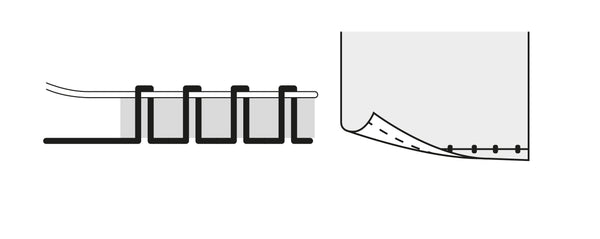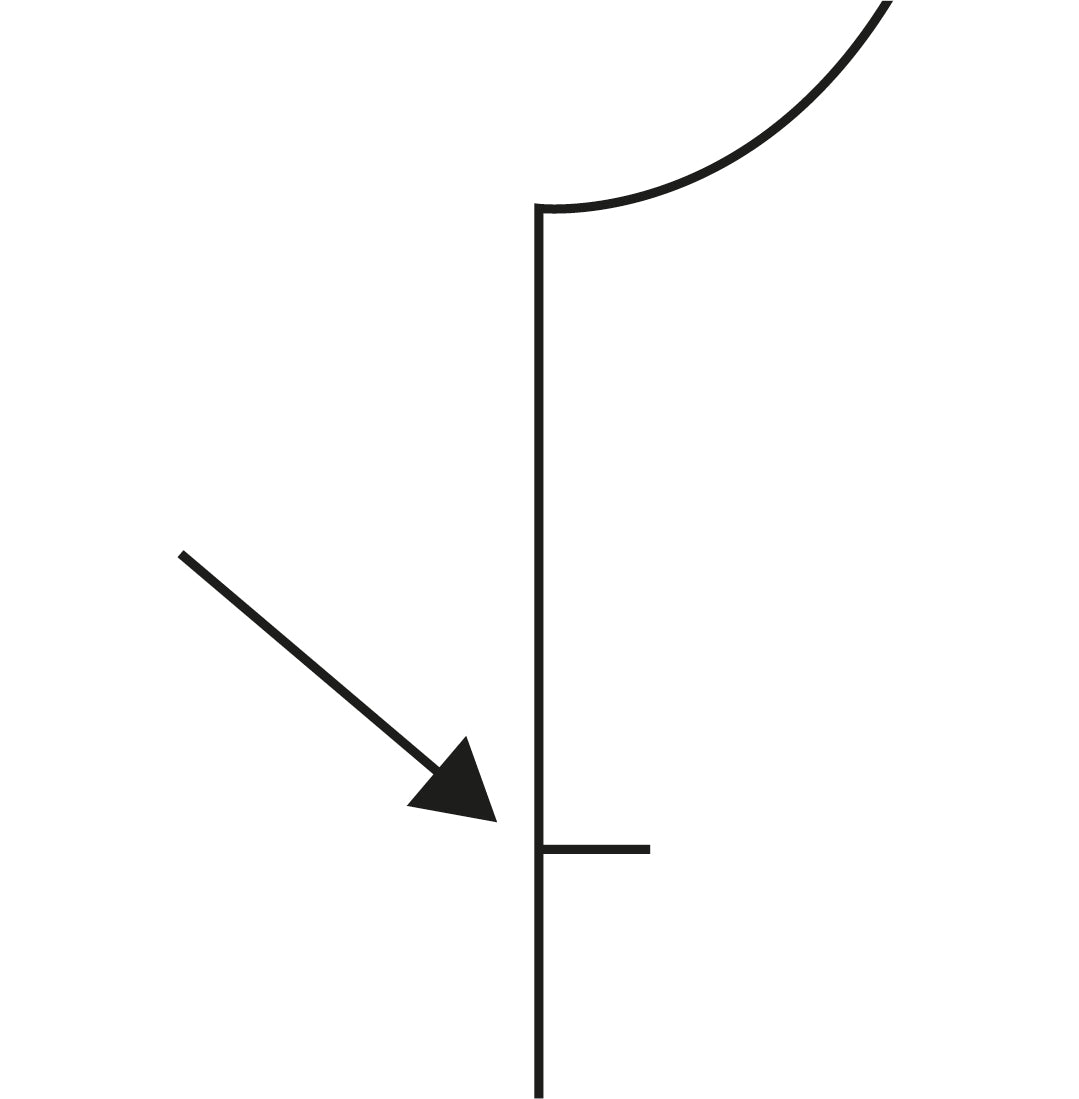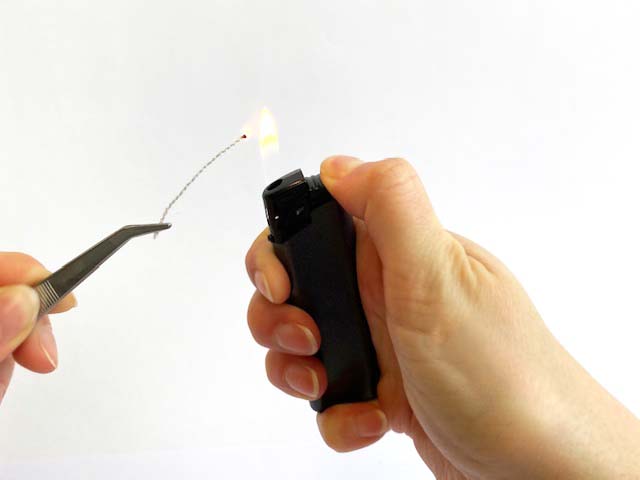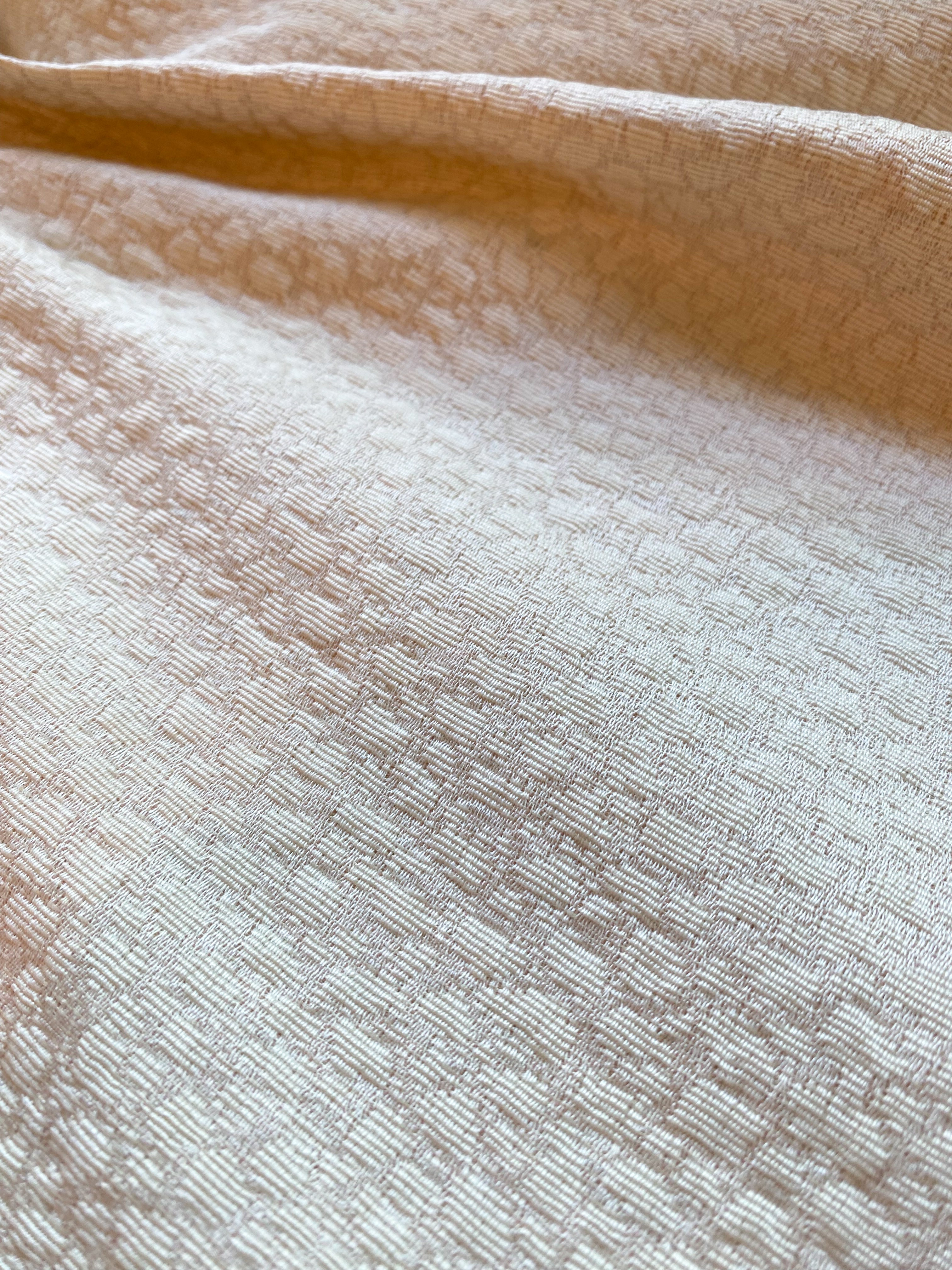Are you already looking forward to our new tutorial ? Very good, this time it's all about thread tension on sewing machines with a bobbin case.
After all, the right thread tension is essential for a clean and beautiful stitch pattern. Ideally, the intertwining of the upper and lower threads is exactly in the middle of the two layers of fabric and is therefore equally visible from above and below, or invisible in the case of thicker fabrics.

If the lower thread tension is too tight or the upper thread tension is too loose, the loop will be on the underside of the fabric.

If the bobbin thread tension is too loose or the upper thread tension is too tight, you will see the tangles on the upper side of the fabric.

The consequences are often too loose seams, torn threads or puckered seams.
However, before you adjust the upper thread tension, you must first make sure that the lower thread tension on your bobbin case is set correctly.
To do this, proceed as follows:
Place a full bobbin in the bobbin case and pull the thread out from under the tension spring. Take the end of the thread in your hand and then let the full spool hang down with the capsule. If you now make a slight upward and downward movement, the coil with the capsule should slide down gradually (5-10 cm). The thread tension is now set correctly.


If the setting is not correct, you can change it with a fine screwdriver (or your fingernail) on the adjusting screw.

If you turn the adjusting screw to the right, the tension increases, to the left, the tension loosens. Work with sensitivity here and only turn the screw by a maximum of a few millimeters to the right or left. Don't turn too far or the small screw may fall out.

Some capsules have an additional screw, but this is only for securing the coil. You can recognize the adjusting screw by the fact that it is next to the tension spring.
If you have now set your lower thread tension correctly, you can check the tension of the upper thread.
The upper thread tension depends, among other things, on the fabric you want to sew. It is therefore best to test the tension on a small test piece. We recommend that you use a different colored thread for the upper and lower threads and in a contrasting color to the fabric so that you can better see the intertwining of the upper and lower threads. You can choose either a straight stitch or a zigzag stitch for the sewing test. As shown above, when the loop is on the top, the upper thread tension is too high, so you need to loosen the tension by turning the dial counter-clockwise. If the stitch loop is on the underside, the upper thread tension must be increased by turning it clockwise.
So your sewing machine is perfectly adjusted and the next sewing project can come!





